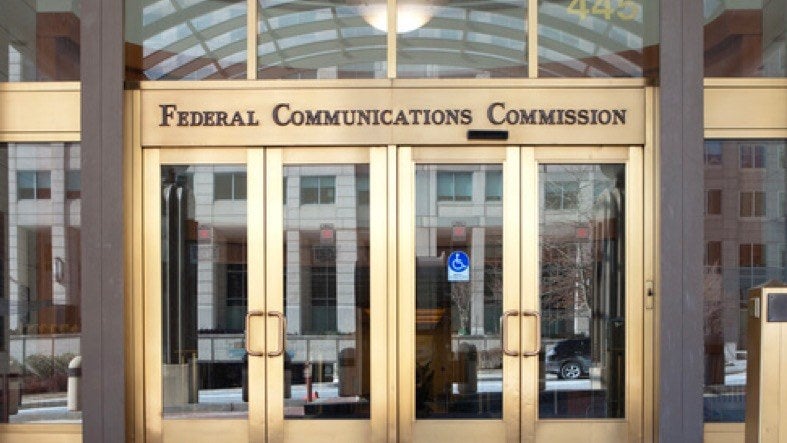Editor’s note: The Affordable Connectivity Program will stop accepting new applications on Feb. 8, 2024. You must be approved and enrolled with an internet service provider by 11:59 p.m. ET on Feb 7 to get the benefit. (02/01/24).
Millions of Americans who receive the $30/mo. Affordable Connectivity Program (ACP) subsidies are waiting to find out if they will lose the benefit that gives them free or reduced internet.
The Federal Communications Commission (FCC) announced last week that the program will run out of funds by April 2024. FCC Chairwoman Jessica Rosenworcel notified Congress that the commission will start “winding down” the program.
The ACP provides qualifying households with a $30/mo. stipend ($75/mo. on Tribal lands) in conjunction with participating internet service providers (ISPs) offering plans with at least 100 Mbps in speed for $30 or under a month. This makes the internet plan free for those households.
This action spurred senators and representatives to propose a $7 billion extension for the ACP. The extension would keep the program floating until the end of 2024. However, no action on that proposal has been reported.
This week, Fierce Wireless reported that some senators are pushing back on Rosenworcel’s claim of how many households will lose internet if the program shuts down. She stated that the ACP will have 25 million households signed up by the end of April.
Meanwhile, 174 mayors sent a letter to Congress asking for an extension to the program, “The Affordable Connectivity Program has been a key tool in our efforts to eliminate the digital divide in America since it was created by the Bipartisan Infrastructure Law in 2021. This program itself served as a long-term replacement for the Emergency Broadband Benefit, which connected families during the COVID-19 pandemic. The Emergency Broadband Benefit crystallized for many the stark reality of the challenges presented to Americans who lack access to quality and affordable broadband and revealed a need for a long-term solution.”
What is the digital divide?
The digital divide is the affordability and accessibility gap between people who have internet access and those who don’t. This includes access to internet-capable devices as well as actual connections.
The federal government plans to spend over $40 billion to connect areas without internet access. This includes awarding funds to states and ISPs to expand services into rural or previously inaccessible areas.
Low-income internet
If the ACP is not funded, there are other government and ISP low-income internet programs that were formed to bridge the digital divide. Programs like Lifeline target the issue of affordable broadband by providing stipends for low-cost internet.
Many providers, like Optimum, Xfinity, Spectrum, Cox or AT&T, offer income-based internet plans for under $15/mo. These plans are often available in conjunction with housing authorities and other government agencies providing help for low-income individuals and families.

Written by:
Camryn Smith
Cammy is a writer with Allconnect, growing her broadband industry knowledge for over a year on the internet marketplace. Her expertise lies in home internet and broadband service with a focus on providers, plans…
Read more
Edited by:
Robin LaytonEditor, Broadband Content
-
Featured
![2030 is the U.S. target date for ‘Internet for All’]() 2030 is the U.S. target date for ‘Internet for All’ Robin Layton — 3 min read
2030 is the U.S. target date for ‘Internet for All’ Robin Layton — 3 min read -
Featured
![Digital divide: Organizations that are helping bridge the gap]() Digital divide: Organizations that are helping bridge the gap Joe Supan — 5 min read
Digital divide: Organizations that are helping bridge the gap Joe Supan — 5 min read -
Featured
![A guide to internet resources for Native Americans]() A guide to internet resources for Native Americans Camryn Smith — 4 min read
A guide to internet resources for Native Americans Camryn Smith — 4 min read
Latest
-
Thursday, July 25, 2024
Worried about losing your signal? This is how to keep your satellite dish cleanDavid Anders — 6 min read
-
Tuesday, July 23, 2024
The best free TV and movie streaming services 2024Camryn Smith — 5 min read
-
Tuesday, July 23, 2024
Everything you need to know about internet speedsRobin Layton — 8 min read






